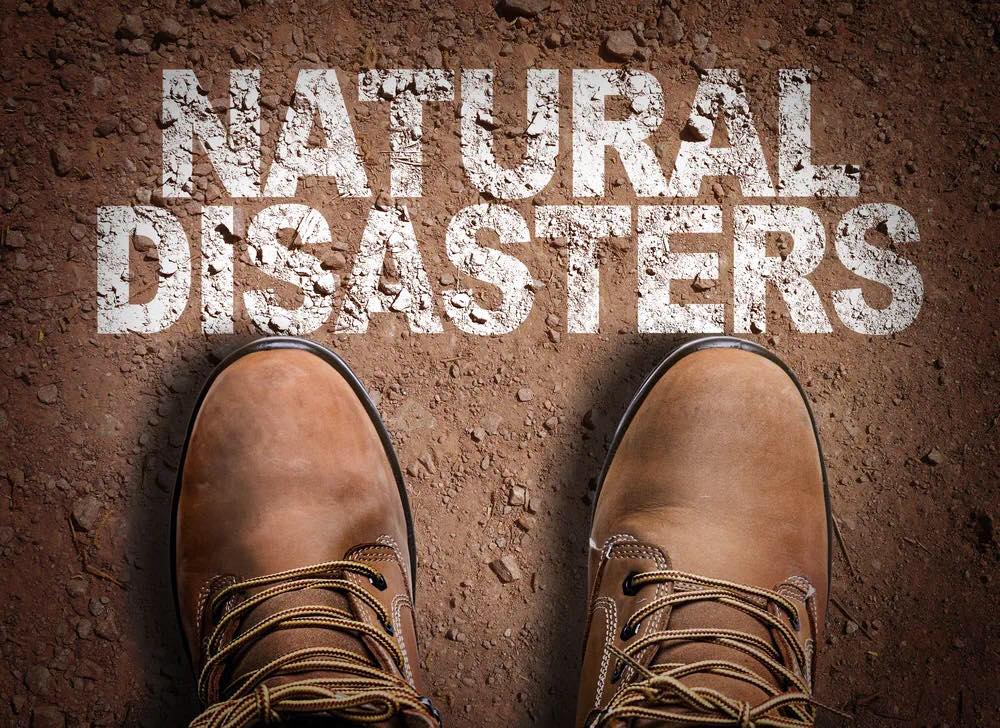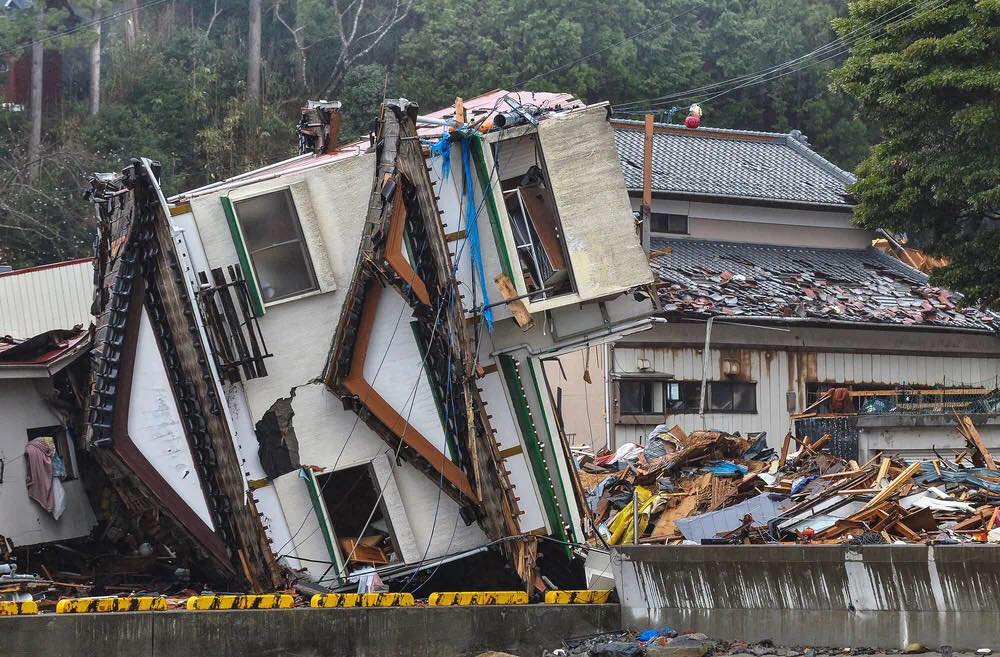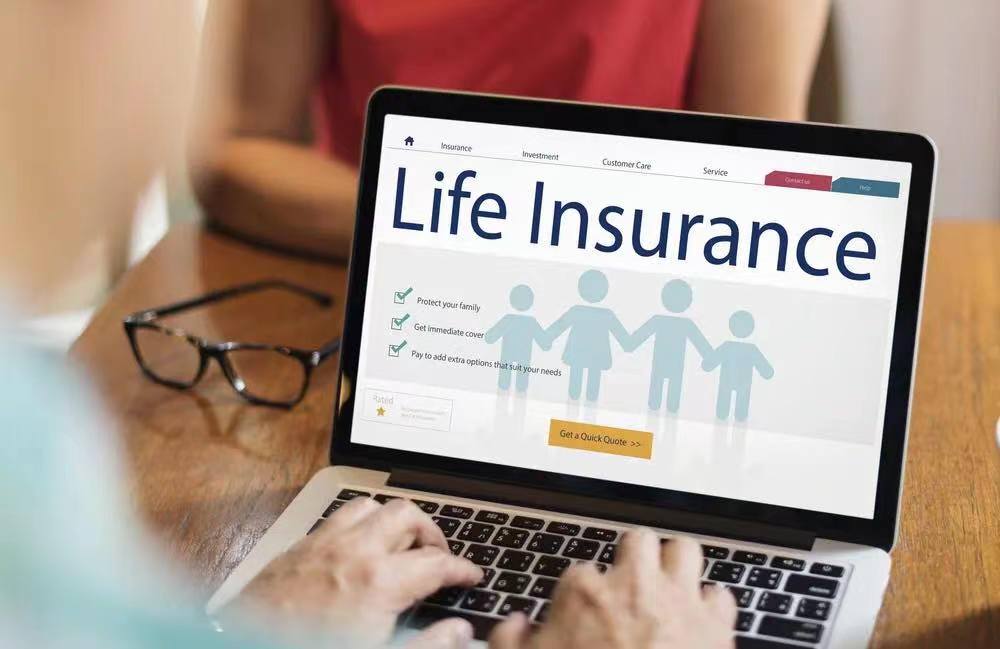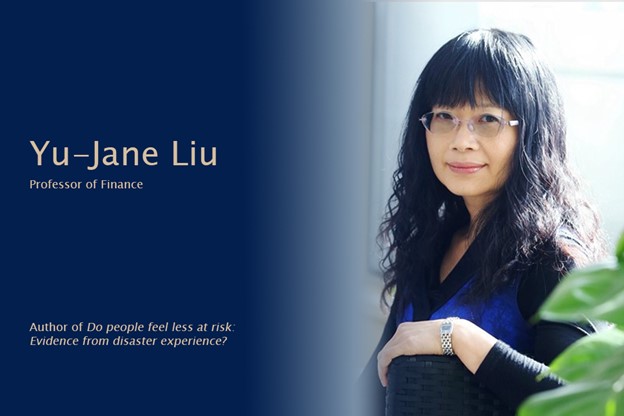Will people feel more risk after experiencing catastrophic disasters? While the intuitive answer is yes, a recent study by Prof. Yu-Jane Liu shows that earthquake survivors might feel less risk after their “lucky” experience of earthquakes that caused lower-than-expected casualties.

Extreme risks, e.g., risks from natural and/or economic disasters, are critical for households’ financial decisions. However, there’s little understanding about how families perceive those risks. Here, researchers used earthquakes as a quasi-natural experiment to investigate whether people perceive risk based on their own experiences. are prone to feel less risk when unexpectedly “lucky” events occur within their memory. The research contributes greatly to understanding households’ financial decisions in the face of natural disasters. The research came to the following conclusions:
1.households are prone to derive heterogeneous risk perceptions from their experiences and thereby make distinct financial decisions.
2.households tend to feel less (more) risk from earthquakes if they have had more lucky (fatal) earthquake experiences.
3.households' responses to different earthquake experiences may be due to Bayesian learning and/or salience effect.
The research contributes to existing work in the two following ways. Firstly, existing research focused mostly on the increase of risk awareness when faced with natural or economical disasters. For the first time, evidence of lowering risk awareness due to disaster experience has been presented. Secondly, the paper conducted a new identification strategy for disaster experiences accounting for household expectations.

Why chooses Earthquake?
Personal experience plays a decisive role in decision-making because it determines what information is available to an individual. Related financial research relies on extreme macroeconomic events, such as the stock market bubble, recession/depression, and hyperinflation. However, because these events are highly rare, an individual might only experience few such events, if at all. The rarity of the economic crisis made it difficult to research their influence on the household perception of extreme risks.
To overcome the shortcoming, the paper focused on earthquakes, rare local catastrophic events that open another opportunity for research. There are two main reasons that Japanese earthquakes are the focus of the research. Firstly, despite the effort to forecast earthquakes, it remains one of the most unpredictable and uncontrollable natural disasters, meaning that its impact on a household is completely external and profound (feeling the ground shaking, witnessing the damage, interacting with survivors, etc.). Secondly, due to its geological location, Japan is resting entirely on the Circum-Pacific seismic belt, making it impossible to avoid the risk of earthquakes by relocating domestically.
The sample of the research includes 93 large-scale earthquakes that caused at least the collapse of houses in Japan between 1930 and 2006, which are further expanded to medium-scale earthquakes that resulted in partial damages of houses in the robustness test. Note that small-scale earthquakes are not discussed in the study as they cannot be considered rare catastrophic disasters and occur frequently.
The paper used fatality to proxy for the impact of earthquakes and categorized the fatal earthquakes into three groups ─ high fatality, medium fatality, and low fatality. Then, the paper categorized households into corresponding groups ─ high fatality, medium fatality, and low fatality ─ based on the most casualties of earthquakes they have experienced. Each household group accounted for 31%, 17.7%, and 51.3% of the whole sample, respectively, meaning that about a third of the surveyed family experienced a high-fatality earthquake, and half of the family experienced only low-fatality earthquakes. To further explore the effect of “lucky” experience, the team then divided the low-fatality group into three subgroups: high-luck group, medium-luck group, and low-luck group based on the frequency of their experienced “lucky” earthquakes that unexpectedly caused zero fatalities.
The team used the percentage of life insurance in the household’s financial portfolio as a measurement of risk perception because it is a hedging tool against the financial loss that would result from the premature death of an insured household and the purchase of life insurance indicates self-protection against the fear and uncertainty in the face of rare natural disaster.

Different Action after the Same Event?
How do earthquake experiences shape people’s perception of risk?
The team found that fatal earthquake experience positively correlates with people’s perception of the risk. Compared to the low-fatality group, those in the high and medium fatality group showed a 6.74% and 3.23% increase in life insurance allocation in their financial portfolios.
However, in the low-fatality group, the research team found that people will perceive less risk if they have experienced more “lucky” earthquakes, after taking into account the positive relationship between fatal experience and risk perception. Within the low-fatality group, high-luck subgroups tend to allocate less of their financial resources into life insurance compared to medium and low luck subgroups. In addition, the sequence of earthquake experiences also plays a factor. If a household experienced a high fatality earthquake first and then a lucky one later on, the negative impact of the latter experience on risk perception will be amplified because people’s priors have been heightened by their earlier fatal earthquake experiences.
How to interpret the parallel existence of both positive and negative effects?
The team explored how people’s different expectations on earthquake fatalities play into two opposite experience effects on risk perceptions. The paper assumed that people learn and form their expectations on earthquake fatalities from their past experience by combining characteristics of past earthquakes and geographic environment. The research team constructed a model for the expected fatalities by considering earthquake magnitude, depth and its proximity to populated areas, as well as scientifically estimated earthquake risk in each region. The model has an R2 value of 44.0%, showing its strong predictability on earthquake fatalities. The team then defined the difference between the expected value and actual fatality as the experience shock and categorized the sample earthquakes into the earthquakes of positive shocks and negative shocks. The research found a positive (negative) correlation between the positive (negative) experience shock and purchases of life insurance. A one-standard-deviation increase in positive experience shock (more fatalities than expected) leads to a 1.31% increase of life insurance in financial portfolios, whereas a one-standard deviation increase in negative experience shock (fewer fatalities than expected) leads to a 1.71% decrease in life insurance.
Other aspects of experience impact on risk perception
* Early-life experience effect: Early-life experiences can exert more influence on households than later-life experiences because young households are most likely ignorant of earthquake risk and learn most from their early experiences.
* Experience with neighboring earthquakes: Households could learn an earthquake that occurred in a neighboring area through the media. This experience will have a similar but lesser effect on households’ risk perception.
* Experience decay effect: Psychology literature finds that the effect of stimuli on subjects decreases with more exposure. In this light, the experience effect would decay when a household experiences more similar earthquake. The decay effect is found among fatal earthquake experiences; however, more “lucky” experience further enhance households’ low-risk perception.
Mechanisms behind the Findings
Incomplete information learning
The first channel the research team explored to explain the findings is a Bayesian learning channel. Under this theory, people learn earthquake risk from their earthquake experiences that include useful, different information from their prior beliefs, especially when the underlying rare risk is vague and uncertain. One important assumption necessary for this Bayesian learning model to fit the empirical findings is that the households’ initial beliefs are imprecise. If households had already learned the risk from a large set of history earthquakes or from precise scientific estimates from the government, households would not revise their beliefs considerably after experiencing earthquakes. Therefore, the results showing a significant relationship between perceived risk and experiences suggest that households neglect at least some relevant information in their learning processes, causing imprecise initial prior beliefs.
Salience theory of choice
Under salience theory, people often direct their attention to the salient portion of information, and then weigh disproportionally the salient information in the decision-making process.Salience theory suggests that people perceive the salience of an attribute as the difference between the value and its reference point. In the paper, households’ expectations could serve as the reference points to determine the salience of each experienced earthquake. In other words, households perceive earthquake experiences as salient when the fatalities are far from the household’s expectations and overweight these experiences in their decision making.

About the Author
Yu-Jane Liu is a tenured Professor of Finance at the Guanghua School of Management, Peking University. At Peking University, she also serves as the director of the Research Center of Finance and Development at PKU.
Her expertise includes behavioral finance, market microstructure, and wealth management. She has published more than 30 papers in international journals such as Journal of Financial Economics, Review of Financial Studies, Management Science, Journal of Financial and Quantitative Analysis, Review of Asset Pricing Studies, Journal of Corporate Finance, Journal of Financial Markets, and Journal of Banking and Finance. Her paper “Just How Much do Individual Investors Lose by Trading”, published in Review of Financial Studies in 2009, has received more than 800 citations and was highlighted by Nobel laureate Daniel Kahneman in The Economist for its far-reaching influence.
She has been the referees for leading international journals such as Journal of Finance, Management Science, Review of Financial Studies, Journal of Financial and Quantitative Analysis and many national journals.
Her research on behavioral finance and market microstructure has profound impact on policy making. She has been providing advice to many financial institutions and financial regulators such as China Securities Regulatory Commission, China Banking Regulatory Commission, Shanghai Stock Exchange, Shenzhen Stock Exchange, and China Financial Futures Exchange. She has extensively weighed in on, for example, the policy of call auction trading and the guidance for listed firm dividend policy in the Shanghai Stock Exchange, the regulation of high-frequency trading in China Financial Futures Exchange, and the policy for retail investor education and investment protection in China Securities Regulatory Commission.
 Programs
Programs